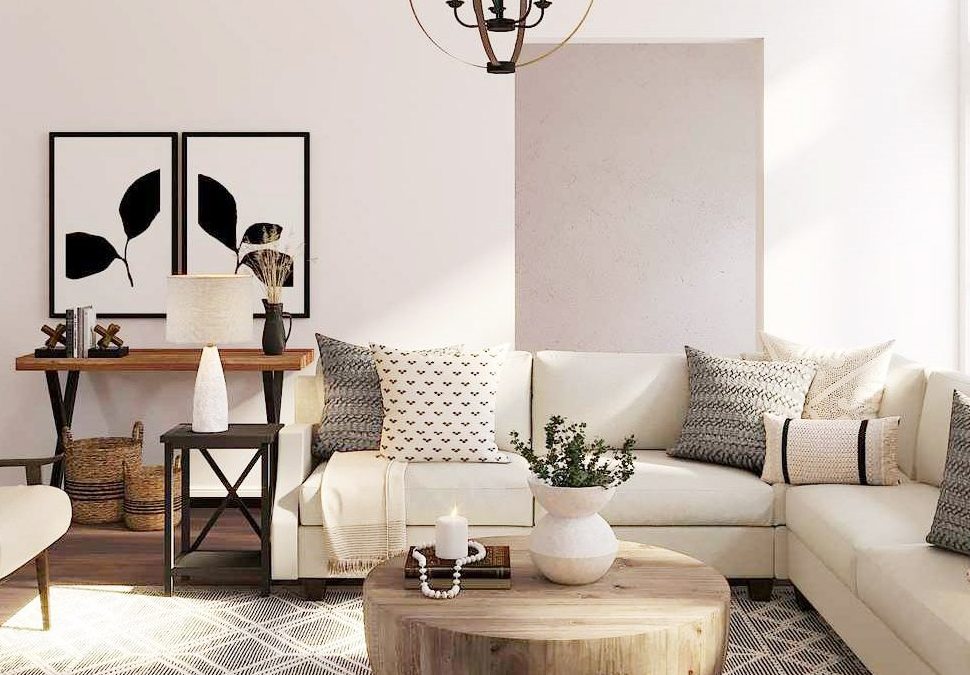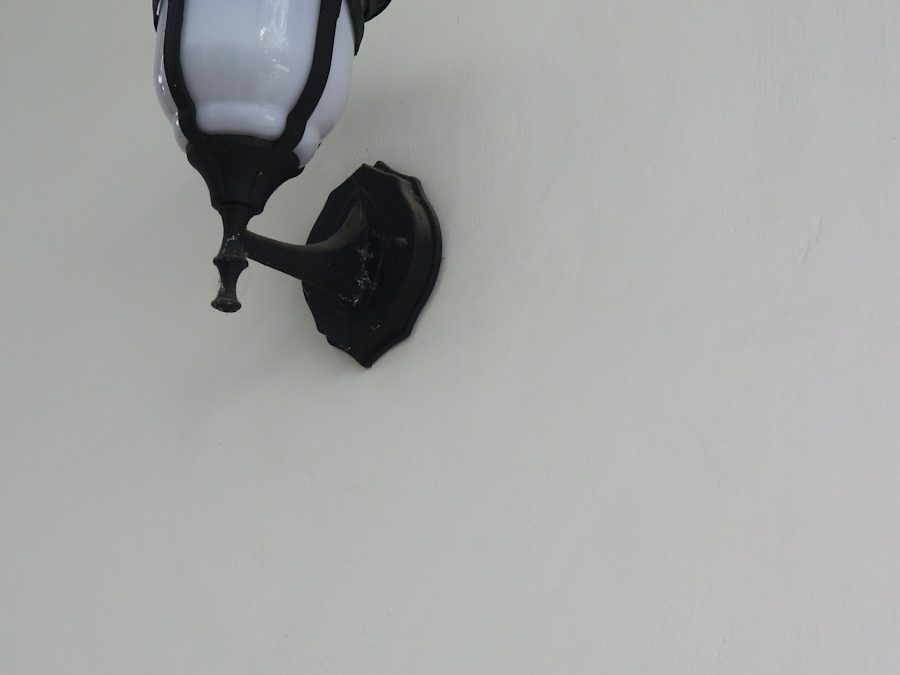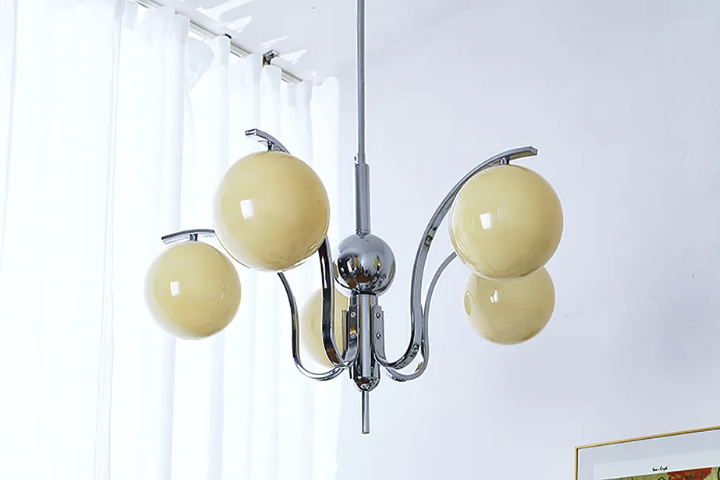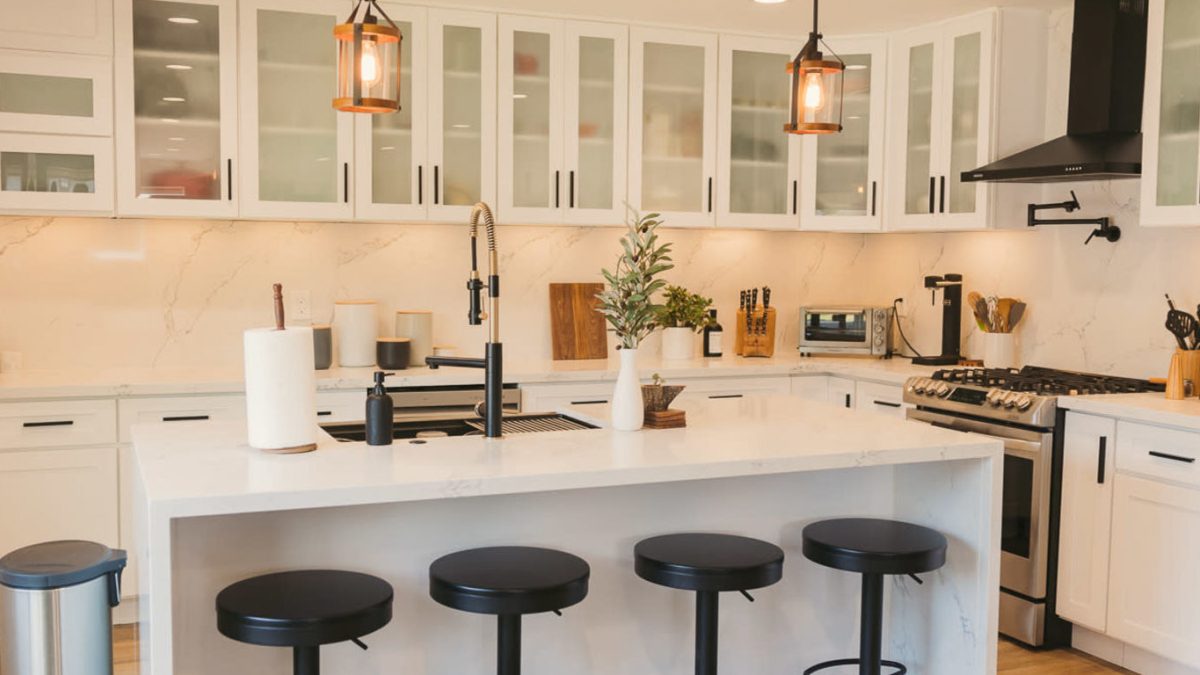
The Timeless Elegance of Vintage Sputnik Ceiling Lights
Introduction
Vintage Sputnik ceiling lights are a design classic that has stood the test of time. First produced in the 1950s and 1960s, they are still popular today, adding a touch of retro-chic to any home or office space. In this article, we explore the history and appeal of Sputnik ceiling lights, as well as their contemporary applications.
A Brief History
The Sputnik ceiling light was first designed by Italian designer Gino Sarfatti in 1954. Inspired by the Soviet Union’s launch of the Sputnik satellite, Sarfatti created a unique light fixture with arms that radiated out in all directions, much like the satellite’s antennae. The original design featured 20 arms, each with a single light socket, but many variations followed.
Sputnik ceiling lights quickly became popular in the United States, where they captured the public’s imagination during the space race. They were a distinctive feature in mid-century Modernist and Atomic Age interiors, complementing the streamlined furniture and minimalist aesthetic of the time.
Design Elements
Sputnik ceiling lights are characterized by their futuristic, space-inspired design. Each arm represents a satellite’s antennae, and the light sockets mimic the lights on the satellite. Typically, they have a metallic finish, often in brass, nickel, or chrome, which reflects light and creates a dramatic effect. Some Sputnik ceiling lights have glass shades that diffuse light, while others have exposed bulbs for a brighter, more industrial look.
Contemporary Applications
Today, Sputnik ceiling lights are still popular among lovers of mid-century and retro decor, but they have also been adapted to fit contemporary design principles. The clean lines and geometric shapes of the Sputnik design make it versatile and adaptable to many different styles, from industrial to glam.
Sputnik ceiling lights are particularly effective in creating a focal point i n a room. Their dramatic, eye-catching design draws attention upward and adds visual interest to a space. They work well in living rooms, dining rooms, bedrooms, and even in commercial spaces such as restaurants and hotels.



